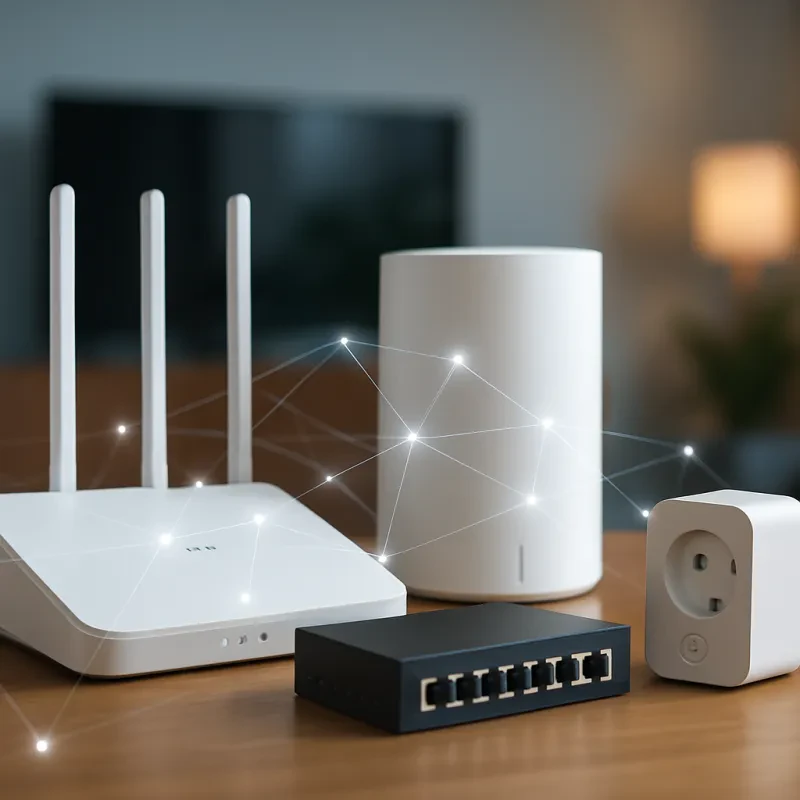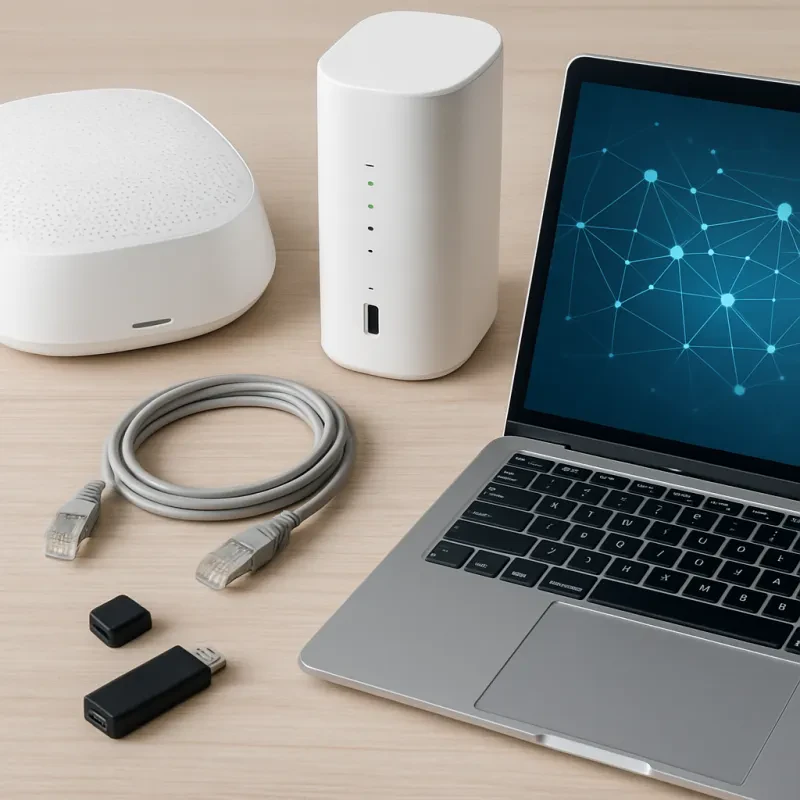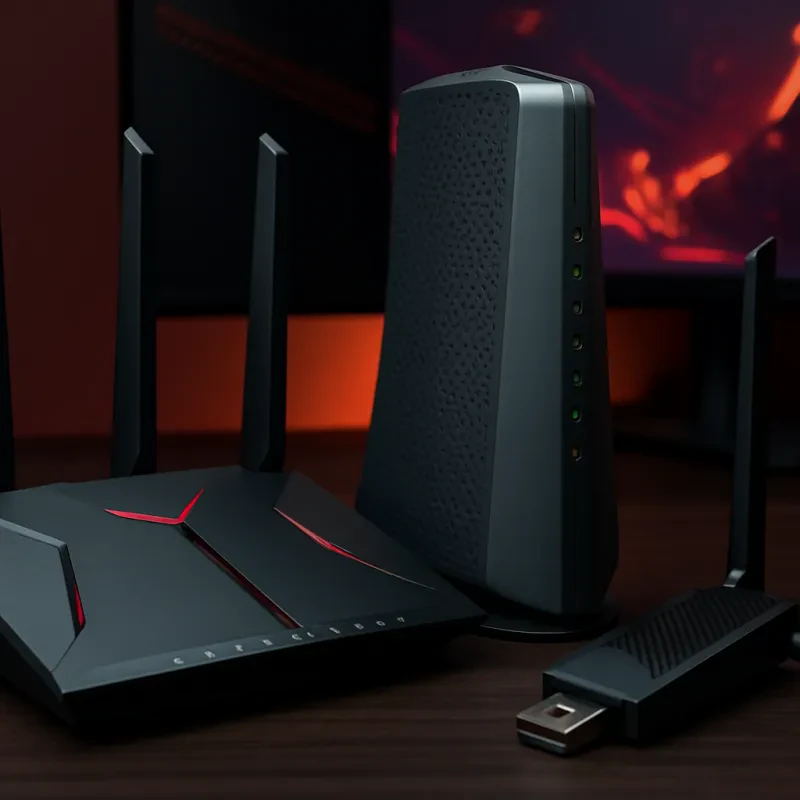Setting up a small office network requires a few key pieces of equipment to ensure smooth communication and data transfer among different devices. Here are the essential network equipment needed for your small office setup:
1. Router: A router is the heart of your small office network, connecting all devices to the internet and allowing them to communicate with each other. Make sure to choose a router that supports the number of devices you have and offers Wi-Fi capabilities for wireless connections.
2. Ethernet Switch: An Ethernet switch is a must-have for connecting multiple devices via Ethernet cables. This will help ensure faster and more reliable connections, especially for devices that require high bandwidth such as desktop computers and printers.
3. Network Security Device: To protect your small office network from security threats, invest in a network security device such as a firewall or VPN. This will help safeguard sensitive data and prevent unauthorized access to your network.
Setting Up Internet Connection
To set up your small office network, the first step is to establish a reliable internet connection. This is essential for enabling communication between devices and accessing online resources. Here's a step-by-step guide to help you get your internet connection up and running.
1. Choose the right internet service provider (ISP) for your small office needs. Consider factors such as speed, data limits, and reliability when selecting a plan. Contact the ISP to set up service and schedule installation if necessary.
2. Set up your modem and router. Connect the modem to the ISP's network using the provided cables. Then, connect the router to the modem to create a local network for your office devices. Follow the manufacturer's instructions to configure the settings for both devices.
3. Secure your network by setting a strong password for your Wi-Fi network. This will help prevent unauthorized access to your network and protect sensitive data. Enable encryption settings on your router to further enhance security.
4. Test your internet connection to ensure everything is working properly. Connect a device to the Wi-Fi network and try accessing a website to check for connectivity. If you encounter any issues, troubleshoot the connection by restarting the modem and router or contacting your ISP for assistance.
Setting up a reliable internet connection is the first step in building a successful small office network. By following these steps and ensuring your network is secure, you can create a productive work environment for your team.
Creating Network Shares and Permissions
Setting up network shares is an essential part of creating a small office network. By creating network shares, you can easily share files and folders among all the computers on your network. To create a new network share, simply right-click on the folder or drive you want to share, select "Properties," and then navigate to the "Sharing" tab. From there, you can choose to share the folder and set permissions for who can access it.
When setting up permissions for your network shares, it's important to consider who needs access to the files and folders. You can set specific permissions for different users or groups, such as read-only, read/write, or full control. This allows you to control who can view, edit, or delete the files within the shared folder. It's a good idea to only give permissions to those who need access to ensure the security of your network.
Once you have created your network shares and set permissions accordingly, you can easily access them from any computer on your network. Simply navigate to the shared folder from File Explorer and enter the appropriate username and password if prompted. By properly configuring your network shares and permissions, you can create a seamless file-sharing process for your small office network.
Troubleshooting Common Issues
If you encounter issues with your small office network setup, don't worry! Here are some common problems and solutions to help you get back on track.
One common issue is connectivity problems, where devices on the network are unable to communicate with each other. Check all physical connections, such as cables and ports, to ensure everything is properly connected. You may also need to reboot your router to refresh the connection.
Another common problem is slow internet speeds. If you're experiencing slow speeds, first check your internet plan to ensure you have sufficient bandwidth for your office needs. You can also try moving your router to a more central location in the office to improve signal strength.
Security issues can also arise in small office networks. If you suspect a security breach, make sure your router has a strong password and enable encryption to protect your network from unauthorized access. You can also set up a firewall to monitor incoming and outgoing traffic for any suspicious activity.
Overall, troubleshooting common network issues may require some trial and error, but with patience and persistence, you can keep your small office network running smoothly. Remember to document any changes you make to help diagnose and resolve problems in the future.


